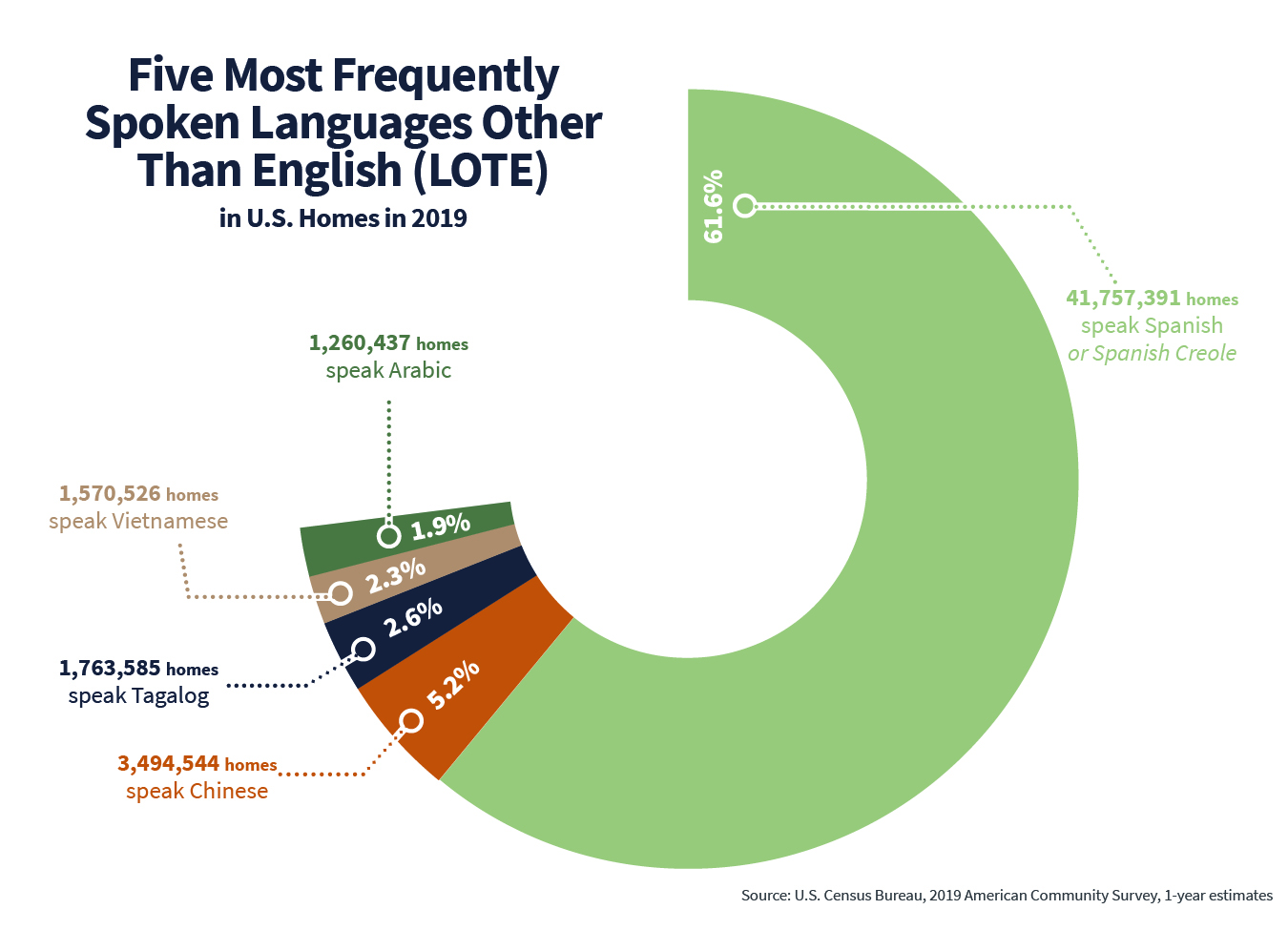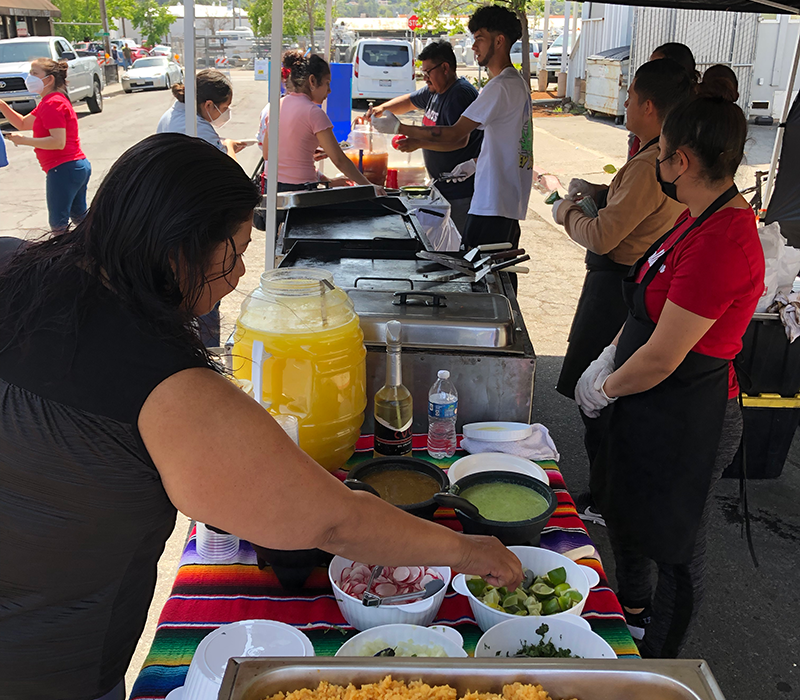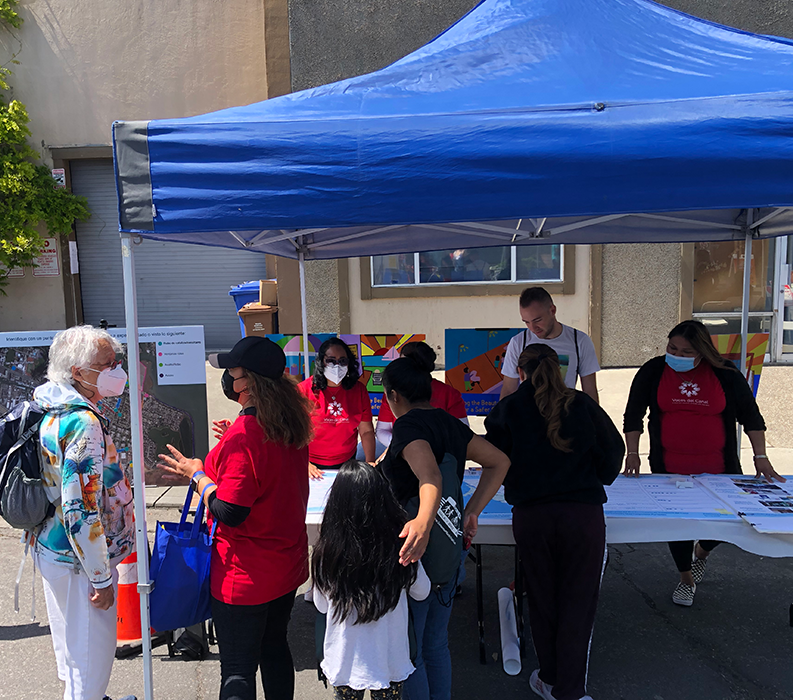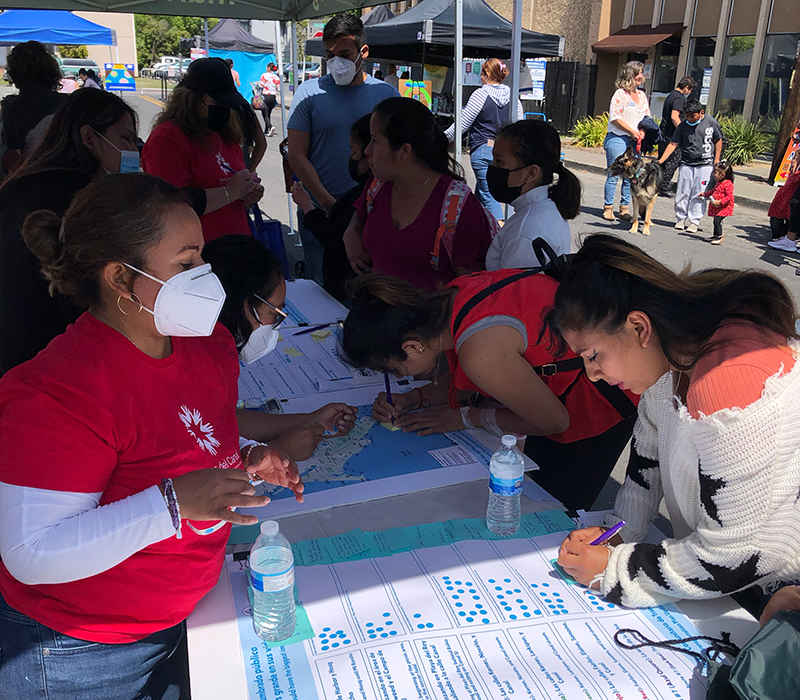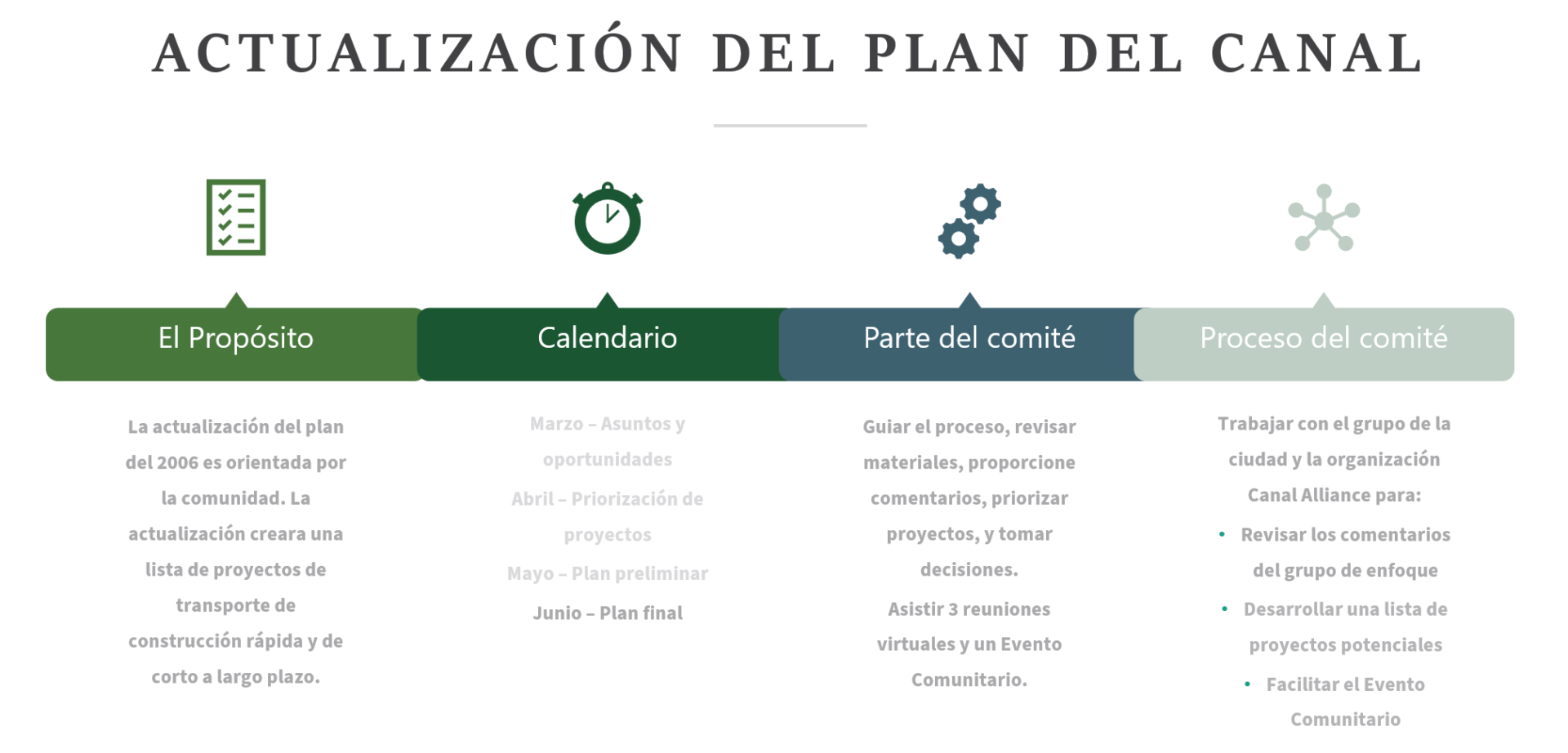Planning in Spanish
Language Access for Multilingual Communities
According to recent Census reports, nearly one out of every five people in the United States speak a language other than English at home. In some communities we serve, this percentage is even higher – nearly 44% of people in California and 55% of people in Los Angeles County speak a language other than English at home. Nationwide, Spanish is by far the most common non-English language.
Inviting community members into the planning process requires using language that is not only understandable, but also familiar and comforting to them. It should make them feel at ease and at home. For this reason, many projects include materials, presentations, and events that are translated from English into other languages by our own Fehr & Peers staff.
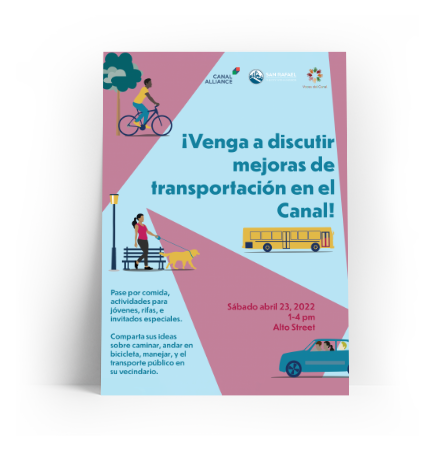
Sometimes translating isn’t enough, however, and a more immersive planning approach can better center historically underrepresented communities and demographics. This was the case with the Community Based Transportation Plan (CBTP) completed with the Canal neighborhood of San Rafael, California in Spring 2022. Over three-quarters of Canal residents spoke Spanish at home, which prompted a planning approach that put Spanish first and English second. All aspects of the planning process (flyers, meetings, presentations, in-person events) and even final plan documents were executed in Spanish by default. English translation was offered as an option at meetings and events, but the Fehr & Peers’ team led with Spanish language engagement, and technical partners like Marin Transit and SMART were requested to bring Spanish-speaking staff to any meetings and events.
Planning in Spanish meant that community comments, concerns, and ideas were absorbed directly into the plan without anything being lost in translation or oversimplified. CBTPs are typically intended to focus on transportation improvements, but lengthy conversations with community leaders revealed widespread concern about inadequate lighting on residential streets and near transit stops. This nuance was something that might have been ignored or downplayed in a more surface-level, translated survey.
Sharing a Spanish-language plan back with the community also meant that they could maintain ownership of and advocate for implementation of the CBTP after the plan’s publication. The community’s participation and support shown during the Canal planning process and in the months since completion were a major factor in San Rafael’s successful bid for two project implementation grants: one focused on a new bike and pedestrian bridge to improve connectivity to schools and downtown San Rafael, and a second focused on – you guessed it – lighting! Less than a year after completion of the plan, the City of San Rafael is on track to address the Canal’s top two transportation concerns.
It’s so great that you actively included members of the community in the discussion, plan development, and pretty much every step of the process. That doesn’t always happen, unfortunately.
Marin County Bicycle Coalition
To ensure effective community planning in languages other than English, it becomes paramount to include experts who are proficient in the language required for the project. The Canal CBTP team included Spanish-speaking engineers and planners from our Walnut Creek, Oakland, and San Francisco offices. As the plan’s primary facilitator, Grasi Diaz was able to provide in-language education on a variety of transportation topics as well as create a space for residents to share input and realize some of their dreams for a better neighborhood.
The Canal CBTP was also supported by the Canal Alliance – a neighborhood nonprofit “champion of immigrants challenged by a lack of resources and an unfamiliar environment.” In addition to being a neighborhood of Spanish-speakers, the Canal is a neighborhood of immigrants, and we needed a stellar community partner to help us navigate unique cultural ideas and practices. Canal Alliance not only provided invaluable advice on the most effective communication channels to use (WhatsApp and Facebook instead of the City’s newsletter), but provided staff at in-person events, support at virtual meetings, and review of interim and final deliverables.
Congratulations to all of the contributors to the CBTP most especially the members of the community who shared their time and ideas in a process that allowed us to better serve them!
We are excited to share two other efforts that we currently have underway – active transportation plans in Yolo and Merced counties. Both projects include teams that are committed to the idea of planning in Spanish as a way of bringing large Spanish-speaking populations into the decision-making and implementation process. Learn more about the Merced project here. If you would like to explore a more immersive planning style in a different language for your project, contact us!
Contributors

Grasi Diaz
Transportation Planner

Taylor McAdam
Senior Transportation Planner

Bob Grandy
Principal, Transit Practice Leader

